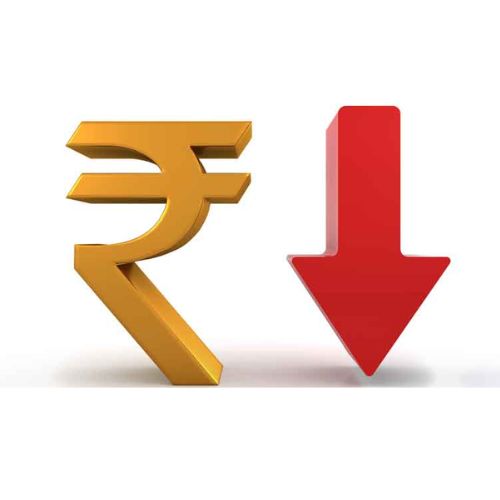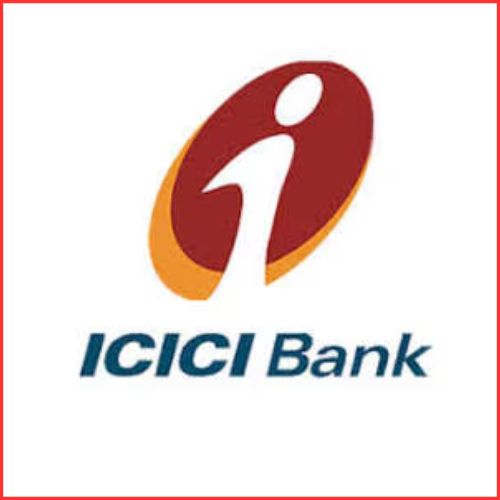The industry intends to approach the regulator under the aegis of the Payments Council of India (PCI) and request it to let payments banks with a specific track record to give out loans upto Rs 1 lakh.
Under the current framework, payments banks are barred from undertaking any kind of lending. They can accept demand deposits with balances up to Rs 2 lakh and cross-sell other financial products.
Payment banks are planning to request the Reserve Bank of India (RBI) to let them venture into microlending. This will be a reiteration of a similar request made last year, sources said. The industry intends to approach the regulator under the aegis of the Payments Council of India (PCI) and request it to let payments banks with a specific track record to give out loans upto Rs 1 lakh. Under the current framework, payments banks are barred from undertaking any kind of lending. They can accept demand deposits with balances up to Rs 2 lakh and cross-sell other financial products.
“We are seeking permission to give micro-loans only to individuals. The RBI’s concerns around lending by conglomerates having non-financial businesses have to do with connected lending. Those concerns don’t arise when it comes to micro-lending,” said a person aware of the plan. Of the five major license holders of payments banks, Airtel Payments Bank and Jio Payments Bank are owned by conglomerates with interests in non-financial businesses.
The payments bank model has been hamstrung by the non-remunerative nature of payment transactions in India. In a report earlier this year, Moody’s Investors Service said that dominance in payments does not necessarily translate into competitive advantages that can be extended to other financial services. The reason for this is that Unified Payments Interface (UPI), the primary network for digital transactions in India, has an open architecture that levels the playing field for all companies, analysts at Moody’s said.
For instance, Paytm Payments Bank, even after three years of operations, had a deposit market share of less than 0.1% as of March 2021. “Its market share in wealth management products, such as insurance and mutual funds, is similarly minimal. By contrast, banks have increased their market share in the sale of third-party products such as life insurance in the past five years,” the report said.
While the RBI has allowed payments banks with five years of operations behind them to seek permission for conversion to small finance banks, none of the existing players are known to have moved in that direction yet.
According to the RBI’s December 2021 report on the trend and progress of banking in India, payments banks’ balance sheet expanded 49% in FY21, on top of a growth of 17.5% in FY20. The share of deposits in total liabilities increased to 36.8% from 27.4% a year ago.
Since payments banks are still in a nascent stage of development, they are incurring extensive investment costs for developing basic infrastructure, the central bank said. “Moreover, their customer base is yet to develop fully, making break-even challenging. As a result, since its inception, they have been suffering losses. The same trend held in 2020-21, despite improvement in their non-interest income,” the trend and progress report said.














